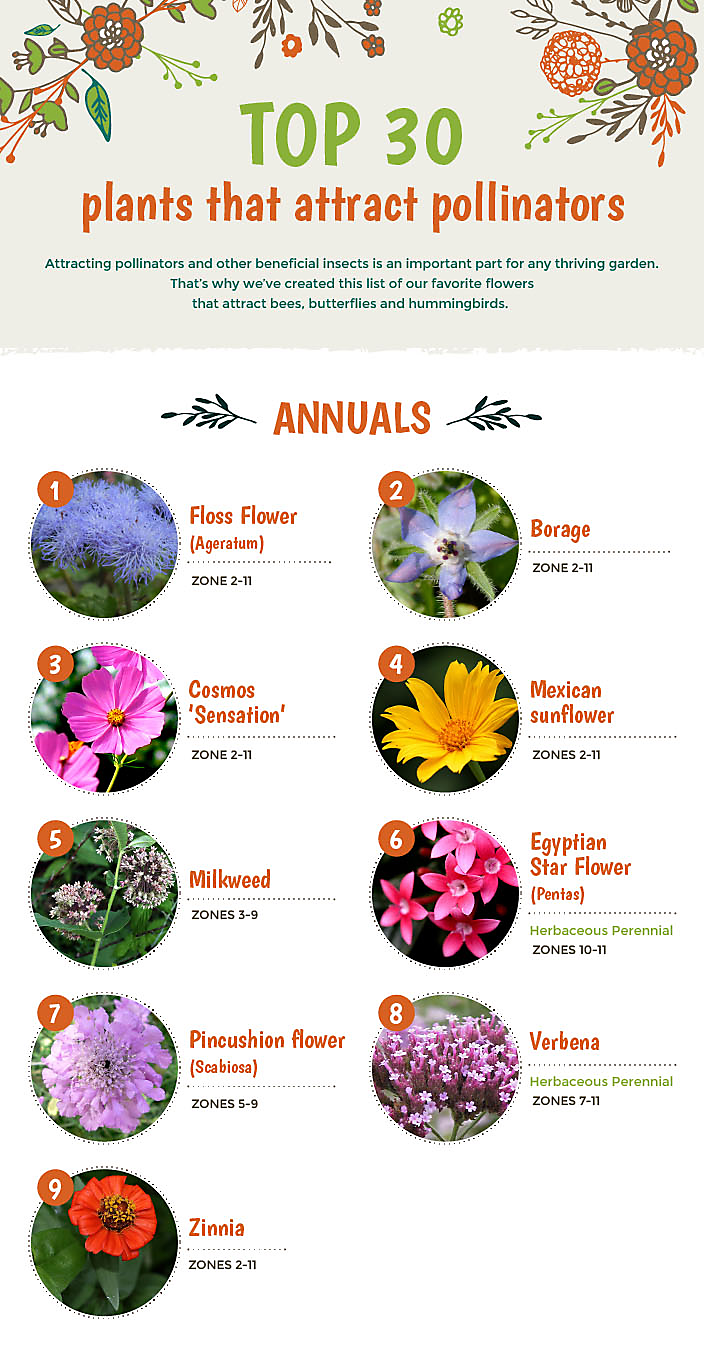Attract Pollinators with These Top Garden Plants

Best Plants for Attracting Pollinators to Your Garden
In the quest to create a vibrant and thriving garden, the selection of plants plays a pivotal role in attracting essential pollinators. These creatures, such as bees, butterflies, and hummingbirds, are not just visitors; they are integral to maintaining the health and diversity of ecosystems. By strategically choosing pollinator-friendly plants, you can transform your garden into a haven that supports biodiversity while enhancing its aesthetic appeal and functionality.
Why Attract Pollinators?
Pollinators are the unsung heroes of our natural world, facilitating the reproduction of plants by transferring pollen from one flower to another. This process is crucial for the production of fruits, seeds, and new plants. Without pollinators, the cycle of many plant species would be disrupted, leading to a decline in biodiversity and ecosystem health.
The Importance of Garden Biodiversity
A biodiverse garden is not only visually appealing but also ecologically significant. By diversifying the plant species in your garden, you create a habitat that sustains a wide array of pollinators. This diversity not only supports bees, butterflies, and hummingbirds but also attracts other beneficial insects like ladybugs and lacewings, which contribute to natural pest control and ecosystem balance.
Attracting Bees
Bees, vital for pollinating crops and wildflowers alike, thrive on certain types of plants known for their nectar and pollen production. Here are some top choices to attract bees to your garden:
Lavender (Lavandula spp.): Known for its fragrant blooms, lavender is a favorite of bees and adds a delightful scent to your garden.
Bee Balm (Monarda didyma): With its striking red, pink, or purple flowers, bee balm attracts bees while adding vibrant color to your landscape.
Sunflowers (Helianthus annuus): These iconic flowers not only brighten up any garden with their sunny faces but also provide abundant nectar and pollen for bees.
Attracting Butterflies
Butterflies, with their delicate beauty, are attracted to specific plants that provide them with nectar as adults and host plants for their caterpillars. Here are some plants to consider:
Milkweed (Asclepias spp.): Essential for monarch butterflies, milkweed offers nectar for adults and serves as a food source for monarch caterpillars.
Zinnias (Zinnia spp.): These cheerful annuals come in various colors and bloom profusely, making them irresistible to butterflies seeking nectar.
Aster (Aster spp.): Late-season bloomers like asters provide a vital food source for butterflies when other flowers are scarce.
Attracting Hummingbirds
Known for their agility and vibrant colors, hummingbirds seek out tubular flowers rich in nectar. Here are some plants that hummingbirds find irresistible:
Salvia (Salvia spp.): With its tubular flowers in shades of red, pink, or purple, salvia provides a high-energy nectar source for hummingbirds.
Fuchsia (Fuchsia spp.): Hanging fuchsia flowers with their bright hues and long petals are a favorite of hummingbirds.
Clematis (Clematis spp.): This climbing vine offers large, showy flowers that hummingbirds are drawn to for their nectar and intricate blooms.
Additional Tips for Creating a Pollinator-Friendly Garden
Beyond plant selection, consider these tips to further enhance your garden's appeal to pollinators:
Provide Water: Pollinators need water to survive; consider adding a shallow dish or birdbath to your garden.
Avoid Pesticides: Chemical pesticides can harm pollinators; opt for organic pest control methods instead.
Create Shelter: Planting tall grasses or shrubs provides shelter from inclement weather for pollinators.
Plant in Clusters: Grouping plants together makes it easier for pollinators to find food and shelter.
Conclusion
Creating a pollinator-friendly garden is not only about planting flowers; it's about cultivating a sustainable habitat that supports diverse ecosystems. By selecting pollinator-friendly plants, providing essential resources like water and shelter, and avoiding harmful pesticides, you can create a garden that thrives with life and beauty.
FAQs
Q: What are the best plants for attracting bees to my garden?
A: Lavender, bee balm, and sunflowers are excellent choices for attracting bees.
Q: How can I attract butterflies to my garden?
A: Planting milkweed, zinnias, and asters can attract butterflies with their nectar-rich flowers.
Q: What plants are best for attracting hummingbirds?
A: Hummingbirds are drawn to plants like salvia, fuchsia, and clematis for their tubular flowers and rich nectar.
Q: How can I create a pollinator-friendly garden?
A: Choose pollinator-friendly plants, provide water, avoid pesticides, create shelter, and plant in clusters to attract and support pollinators.
Q: Can I use pesticides in my pollinator-friendly garden?
A: No, pesticides can harm pollinators; opt for organic pest control methods to protect pollinator health.
Click here to learn more about gardening for wildlife.
This rewritten article expands on the importance of pollinator-friendly gardening while providing detailed insights into attracting bees, butterflies, and hummingbirds. It aims to inspire readers to create gardens that not only beautify their surroundings but also contribute positively to the environment.
0 Response to " Attract Pollinators with These Top Garden Plants"
Post a Comment